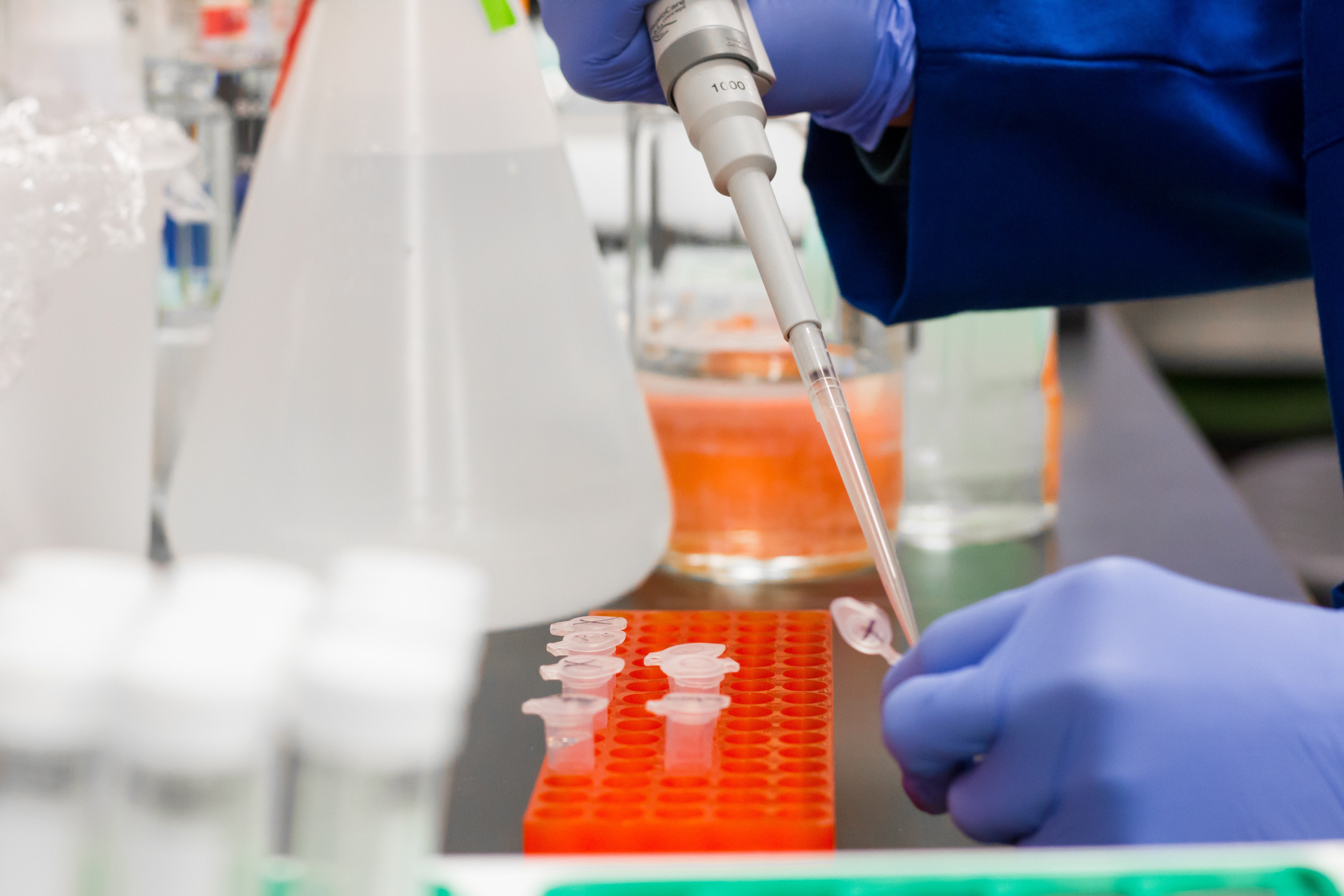
Phenoxyethanol in Skin Care: Is It Safe or Toxic?
Phenoxyethanol is a synthetic preservative that can be found in most of the skin care products we use today. In recent years, consumer perception of phenoxyethanol has turned negative, with many believing it is toxic to human health.
Here, you're going to learn everything you need to know about phenoxyethanol—why it's so prevalent in skin care products, how it's created, and how it can effect our skin and health.
📝 TL;DR Summary: is phenoxyethanol safe?
Phenoxyethanol is safe for use in cosmetics at its maximum usage rate of 1%, and there's no scientific research in humans to suggest that it can cause cancer or that it's a reproductive toxin. It can, however, cause skin irritation in a significant amount of people who use products containing it.
Phenoxyethanol safety in skin care

What is phenoxyethanol?
Phenoxyethanol is one of the most commonly used synthetic preservatives in skin care and cosmetic products, and is also used as a fixative for perfumes, insect repellent, and as a solvent.
As a preservative, its function is to prevent microbial growth in skin care formulations. You'll typically find it in water-based products or products where water may be introduced, as this provides a perfect environment for microorganisms to grow.
Believe me, you do not want to apply a contaminated product onto your skin. This is where a preservative like phenoxyethanol is highly useful.
Oil-based or anhydrous (formula containing no water) products like facial oils and balms, on the other hand, usually don't require preservatives at all since microbes are unlikely to grow in these environments unless water is introduced.
Phenoxyethanol is widely used in cosmetics as it has essentially replaced the use of parabens (a synthetic class of broad-spectrum preservatives), as it was deemed to be a "safer" alternative. Products containing phenoxyethanol will often be marketed as paraben-free as well.
How phenoxyethanol is created
Phenoxyethanol is an aromatic ether alcohol and has a scent similar to rose. It's also an ethoxylated compound, which means It's formed by the chemical reaction between ethylene oxide and phenol.
Products it can be found in
Phenoxyethanol can be found in a variety of rinse-off and leave-on products:
- Moisturizers
- Makeup
- Sunscreens
- Shampoos
- Conditioners
- Styling gels
- Lip products
- Soap
- Fragrances
Other names for phenoxyethanol listed on product labels
- Fragrance or parfum: synthetic fragrances can contain one or more of around 3,000 allowed chemicals, which includes phenoxyethanol
- Optiphen™: a mixture of phenoxyethanol and caprylyl glycol
- Rose ether 2-phenoxy-ethanol
- 2-hydroxyethyl phenyl ether
- Ethylene glycol monophenyl ether
- Phenoxytol
How phenoxyethanol effects the skin
Phenoxyethanol may be irritating to skin at low concentrations. Both the EU and Japan have restricted the usage rate of phenoxyethanol to a maximum of 1% in cosmetic products.
Through a study that followed 243 people, it was found that about 25% of them (60 participants) had a skin burning or itching sensation after applying a 1% phenoxyethanol formula.This level of skin irritation was comparable to application of capsaicin—the active ingredient in chilli peppers.
When used in combination with other preservatives like chlorphenesin or ethylhexylglycerin, phenoxyethanol's irritation level can potentially increase.
Is phenoxyethanol safe?
The safety concerns surrounding phenoxyethanol, such as it being a reproductive toxin or a cancer promoter, are unfounded and based on animal studies and not in humans.
In animal studies, phenoxyethanol is typically tested orally or on the skin at high levels. For example, it has been shown to cause adverse systemic effects in animals only when the levels of exposure to phenoxyethanol were around 200-fold higher than people would be exposed to in cosmetics.
This isn't to say that phenoxyethanol is perfect. One area of concern that has garnered negative attention to this preservative is 1,4-dioxane contamination.
1,4-dioxane contamination in phenoxyethanol
One risk that gets heavy attention is phenoxyethanol's supposed cancer risk. This is due to the fact that the preservative is created by reacting ethylene oxide with phenol in a process known as ethoxylation, which can unintentionally generate the chemical 1,4-dioxane as a byproduct.
Ethoxylation is not limited to phenoxyethanol, either. Ethoxylated ingredients are very common in cosmetic products, and you can usually identify them if they start with "PEG" or end in "eth-[number]".
Now, 1,4-dioxane is a very real safety concern for human health, and based on animal studies, is suspected to be a carcinogen and cancer-causing to humans. Since phenoxyethanol is an ethoxylated ingredient, it's likely to contain a trace amount of 1,4-dioxane, which can therefore be found in products containing phenoxyethanol.
The research on 1,4-dioxane contamination levels on human health:
- According to a 2008 FDA survey, the majority of cosmetic products contain 0-1 ppm (parts per million) of 1,4-dioxane. In a later 2018 FDA survey, approximately 2% of 82 randomly tested products that were marketed towards children had levels of 1,4-dioxane above 10 ppm. This 10 ppm figure is equivalent to 0.001%.
- The SCCS (Scientific Committee on Consumer Safety) conducted a risk assessment of 1,4-dioxane and concluded that cosmetic products are considered safe at levels of 10 ppm or less. At its maximum use level of 1% in cosmetic products, the SCCS also found phenoxyethanol to be safe for human health. The SCCS is an independent scientific committee of experts in the European Union that evaluates the safety risks of ingredients.
- Since the maximum allowed use level of phenoxyethanol is 1% (more commonly used at a rate of 0.5-0.8%) and 1,4-dioxane is a trace-level contaminant, the level at which it will then end up in a finished skincare product is likely to be very low.
- Compare this to the common ethoxylated surfactants (cleaning agents) in cleansing products, which could be used up to 40-80 times the concentration of phenoxyethanol. Cleansing products such as shampoos and body washes are some of the worst offenders for 1,4-dioxane contamination, and this category of products are more likely to test close to or even slightly over the 10 ppm level.
The bottom line
As an effective preservative, phenoxyethanol serves an important role in preventing microbial growth in skincare products.
Phenoxyethanol is safe for the human body when used topically at its allowed use rate, and at its worst, is a skin irritant. 1,4-dioxane is its main safety concern, but the level at which it would be present in a final product because of phenoxyethanol, would be very low and at a safe level for cosmetics.


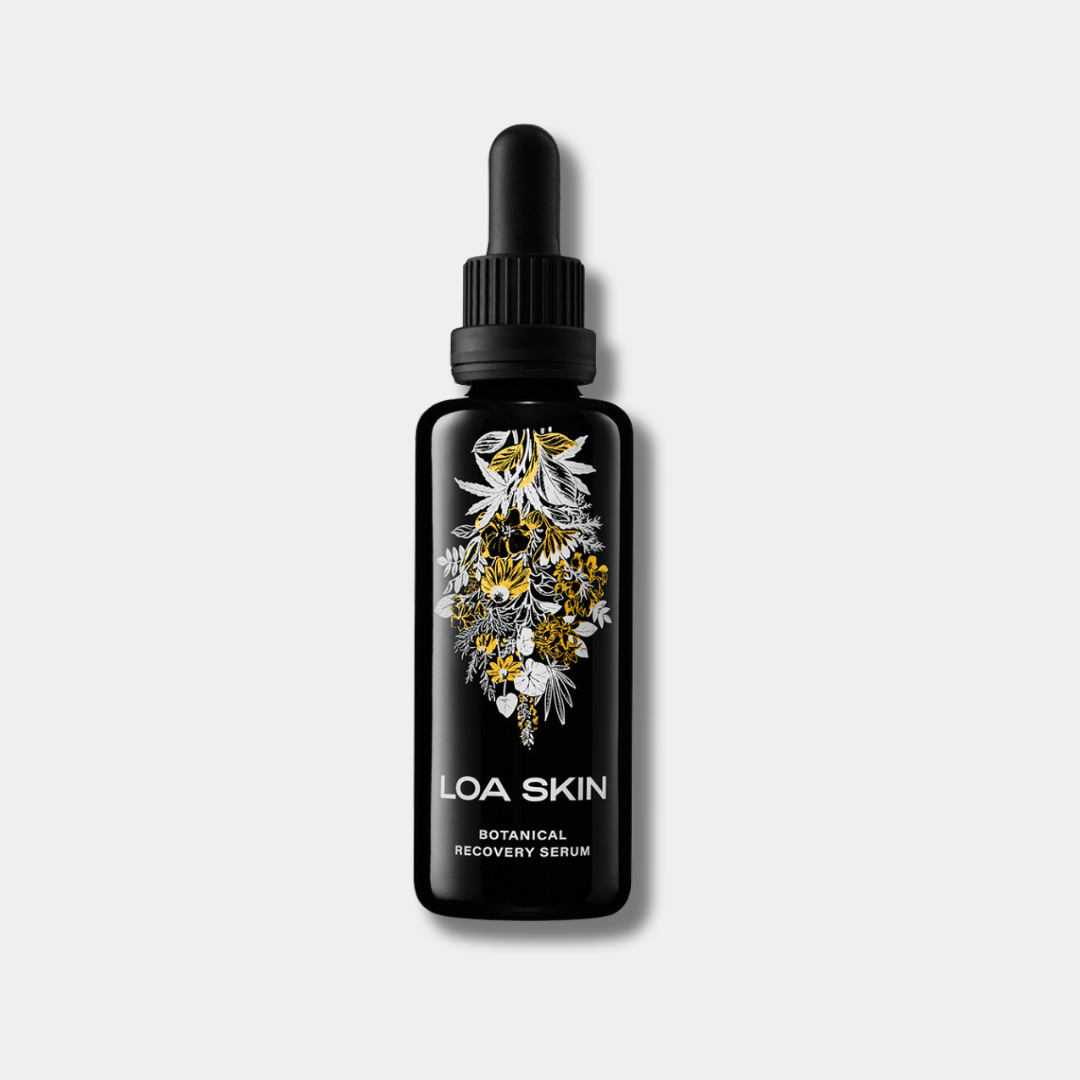
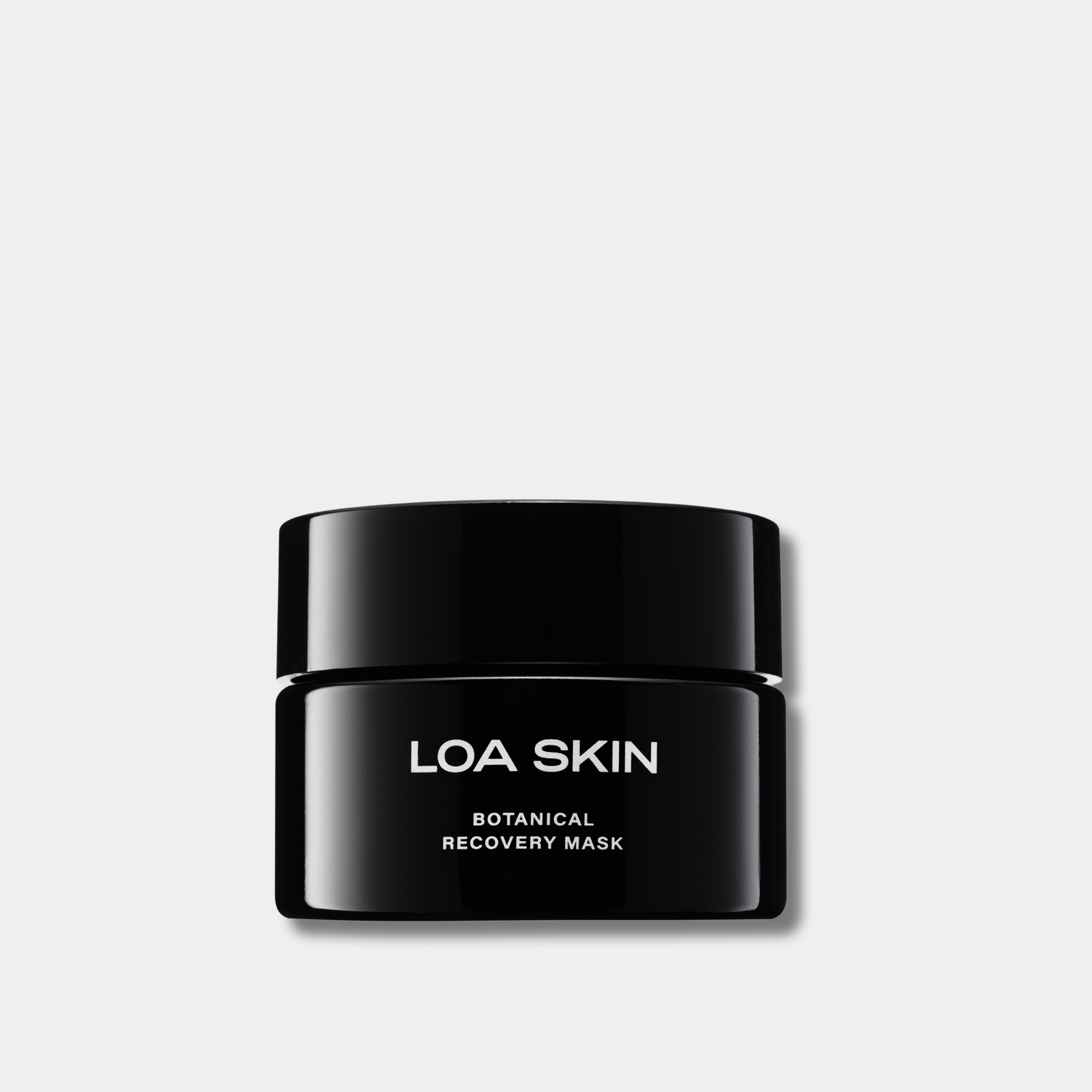
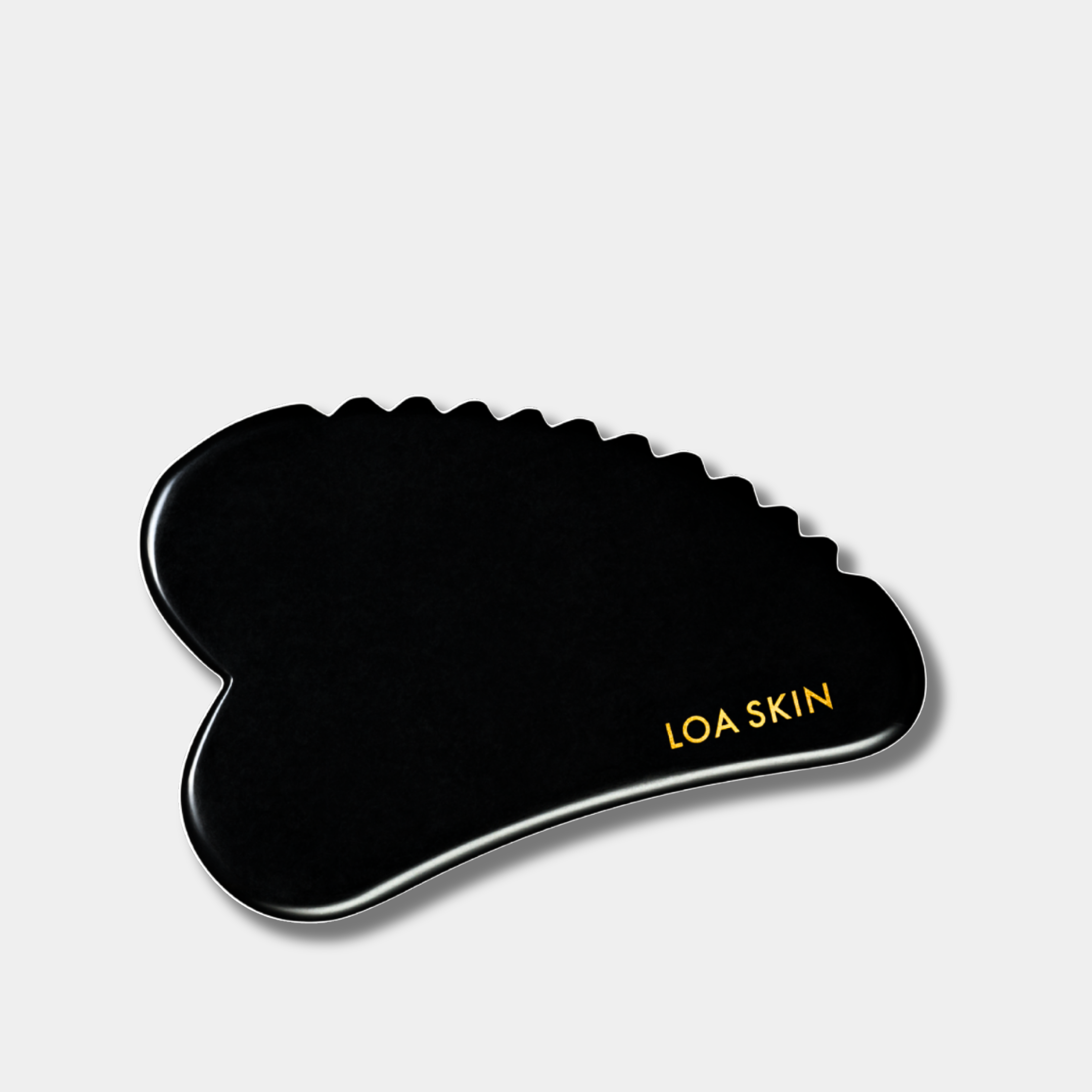
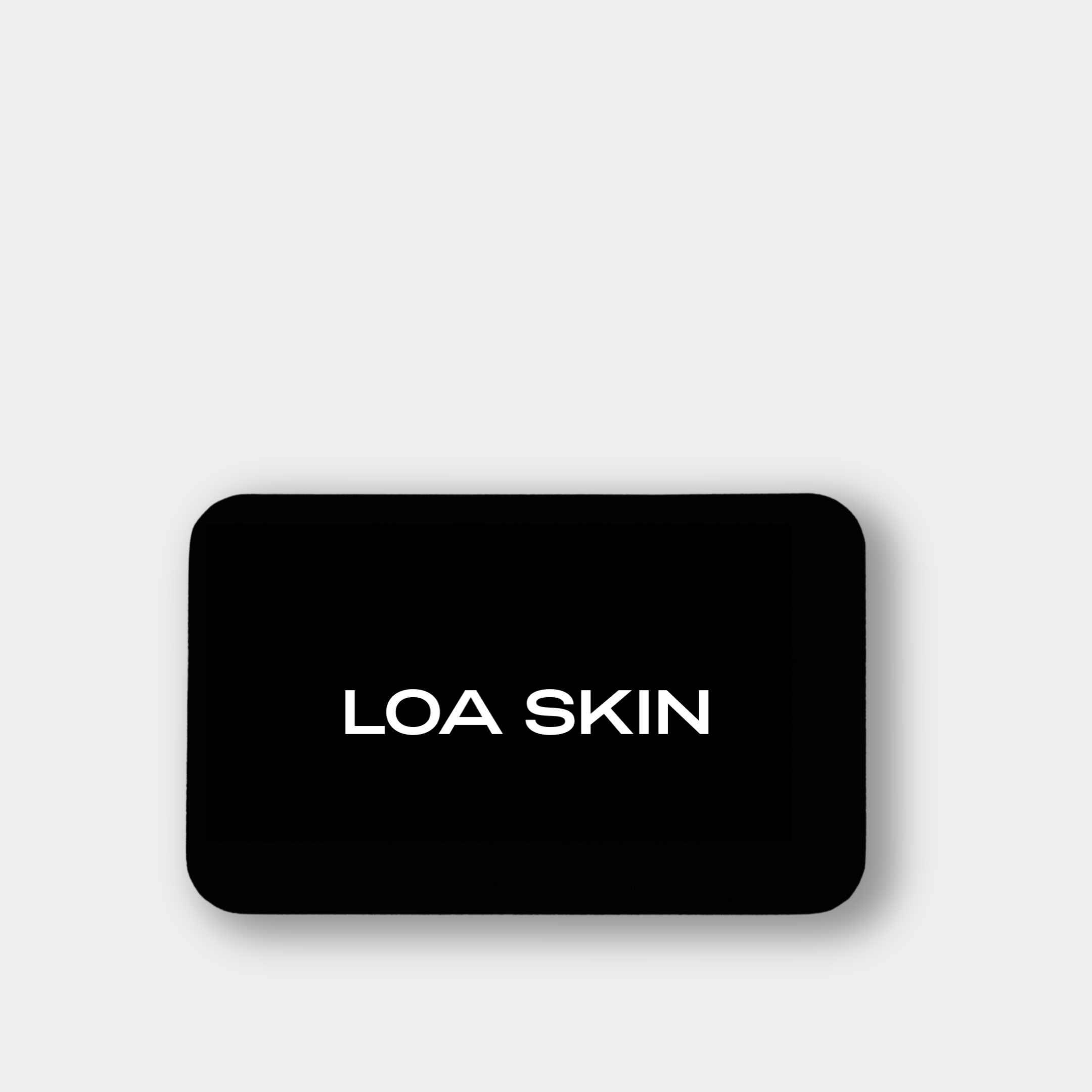
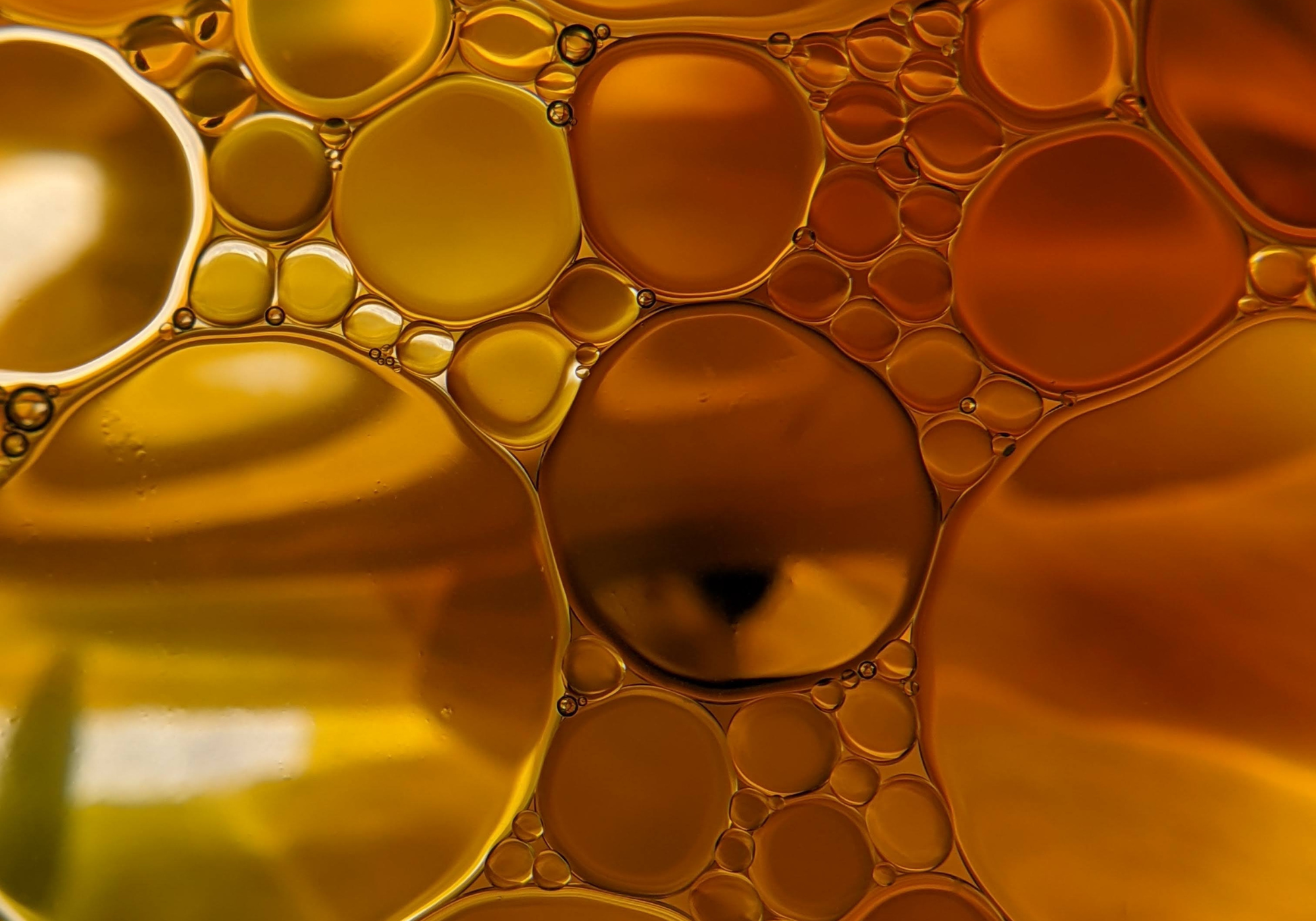
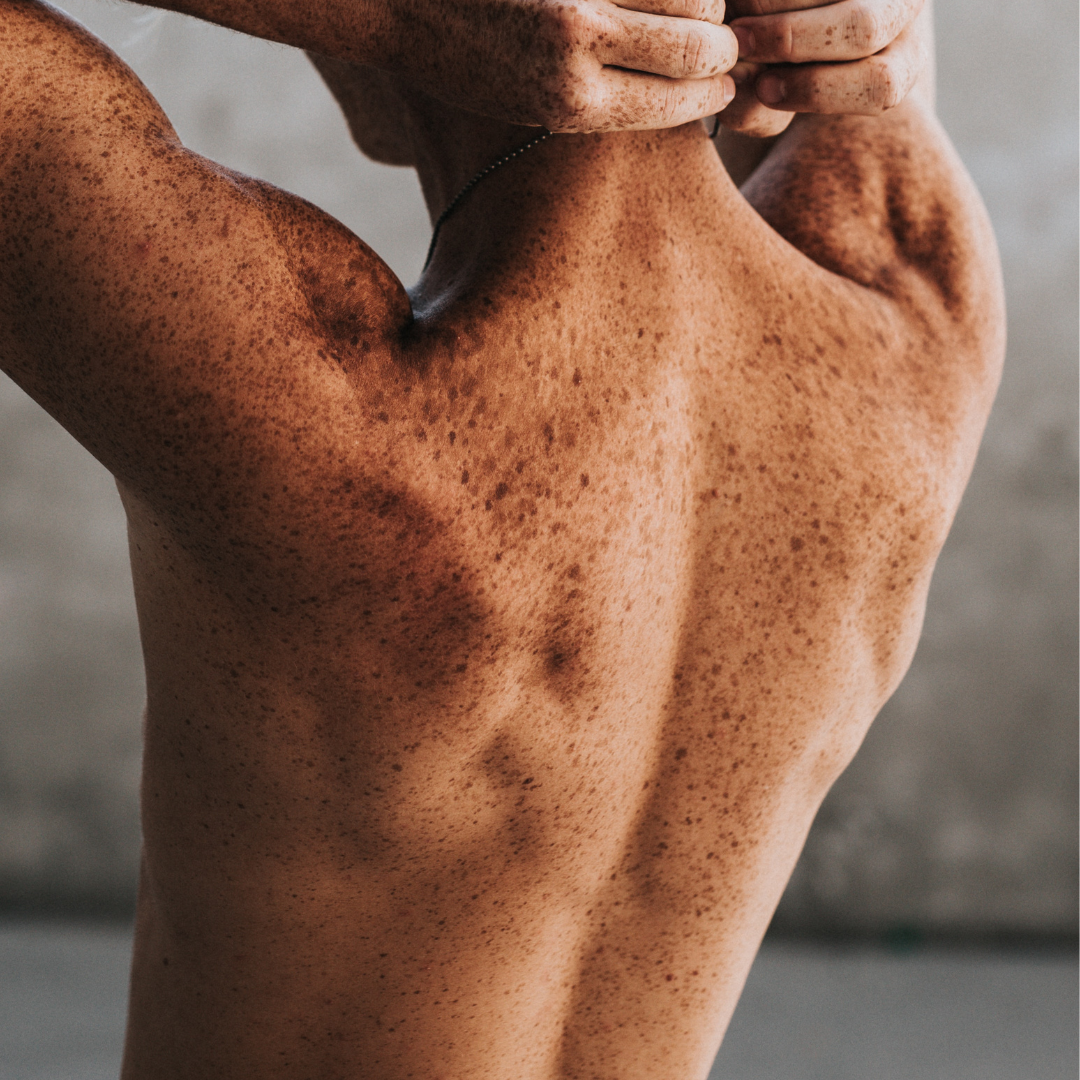
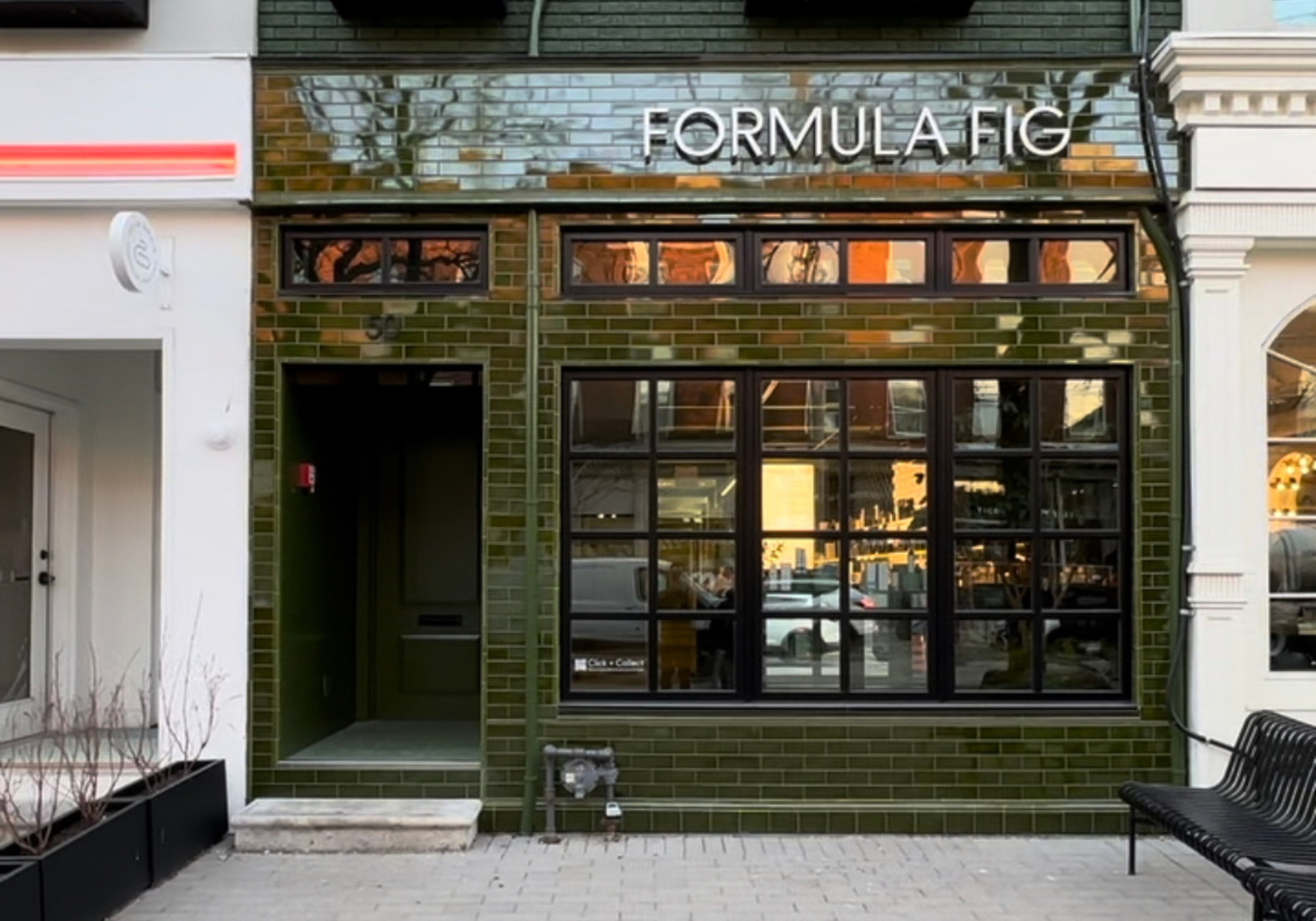
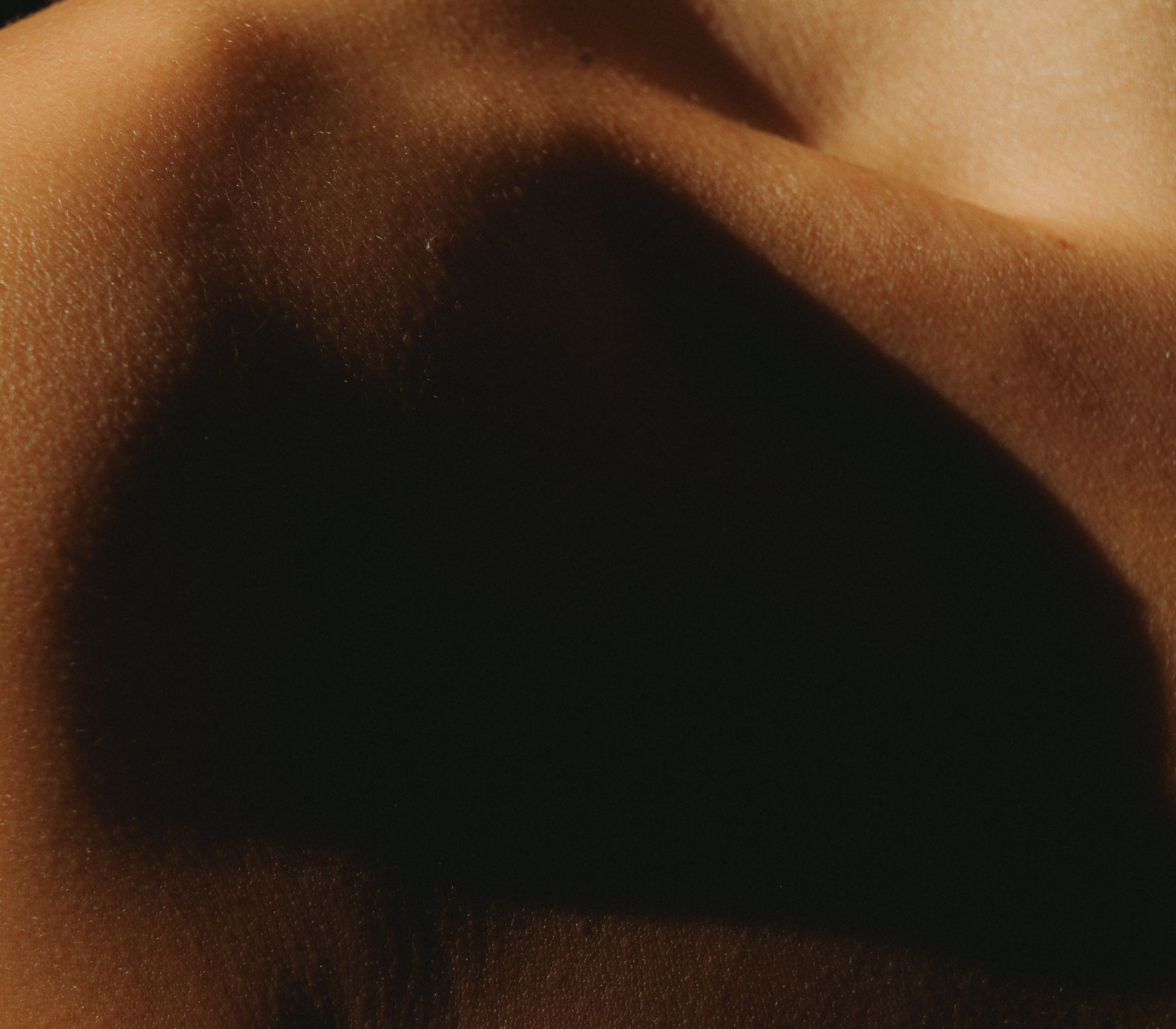
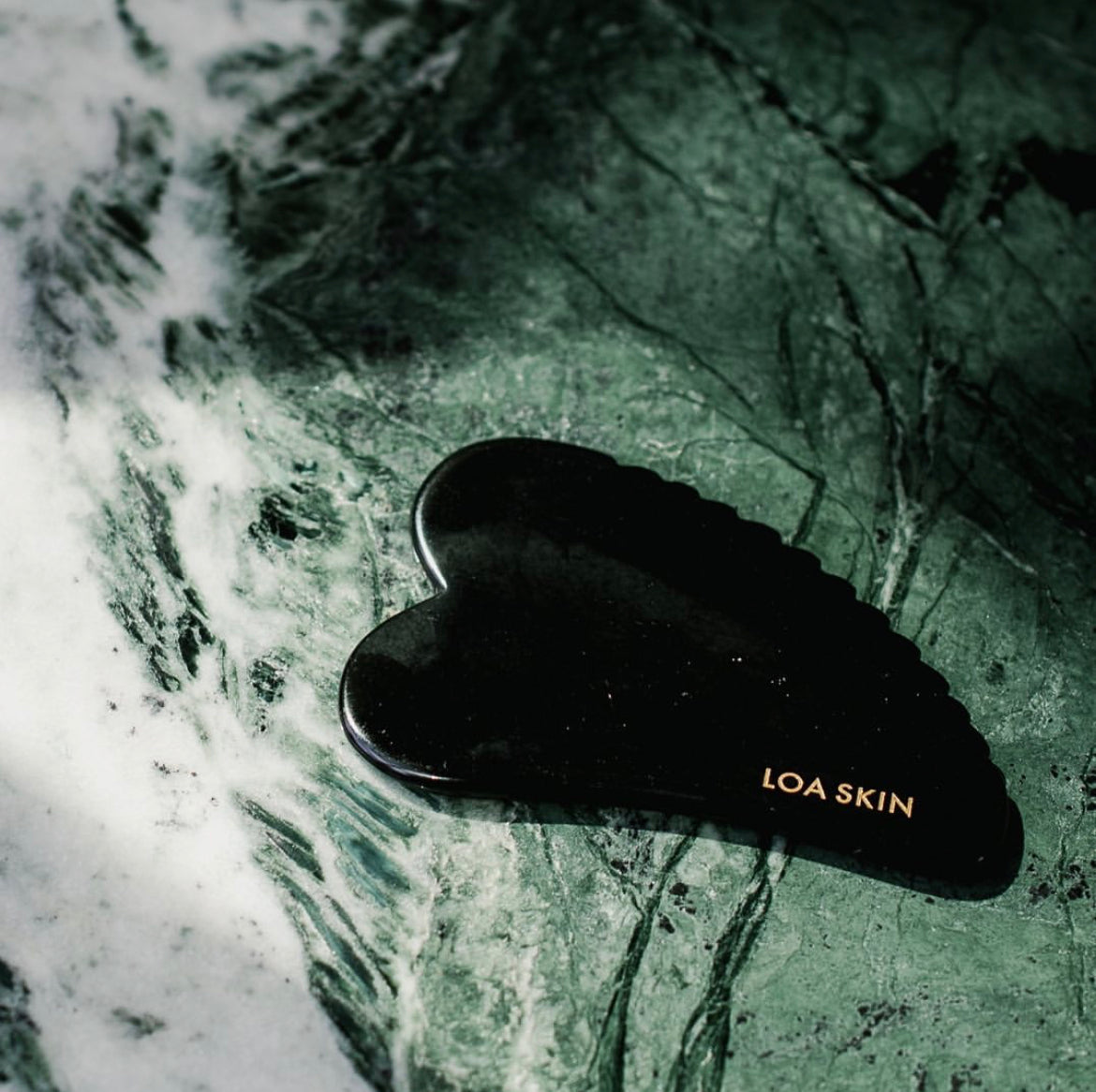
Leave a comment
This site is protected by reCAPTCHA and the Google Privacy Policy and Terms of Service apply.